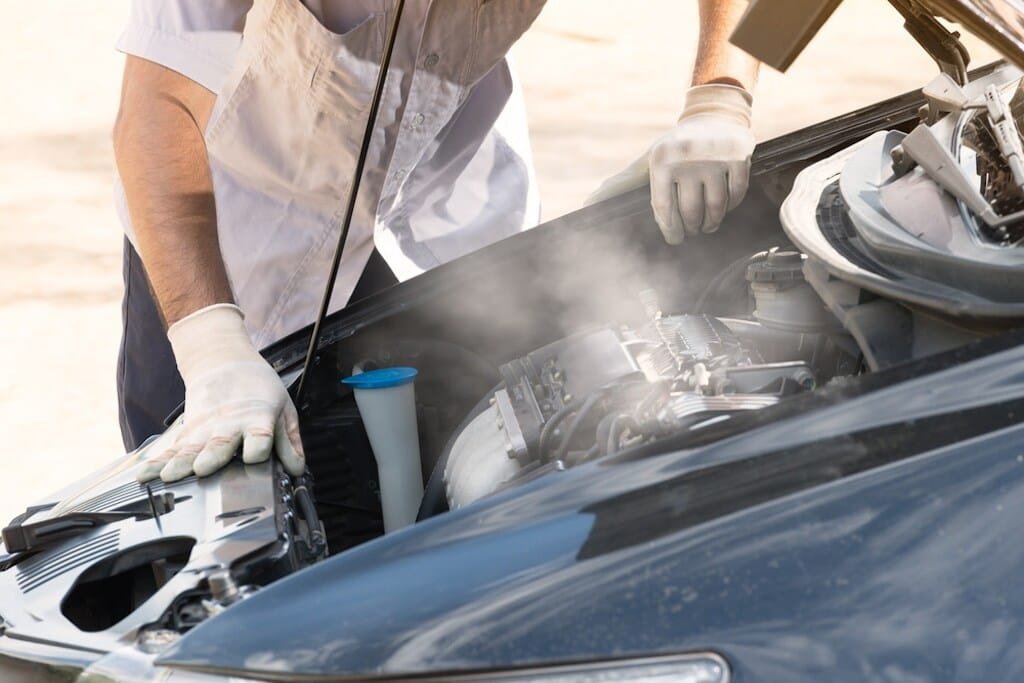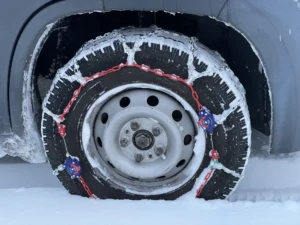Imagine you’re waiting at a traffic light, and your car starts to shake slightly, the engine making irregular noises. This sputtering at idle can be unsettling. While your vehicle might run smoothly once you accelerate, the inconsistent behavior during idle shouldn’t be ignored. Understanding the reasons behind this issue can help you address it promptly and maintain your car’s health.
Understanding Engine Sputtering at Idle
Engine sputtering refers to irregular engine performance, often characterized by shaking, inconsistent RPMs, or unusual noises when the vehicle is stationary. This can result from various factors affecting the combustion process or air-fuel mixture.
Common Causes of Sputtering at Idle
- Faulty Spark Plugs
Spark plugs ignite the air-fuel mixture in the engine. Worn or dirty spark plugs can lead to incomplete combustion, causing the engine to sputter. - Clogged Fuel Injectors
Fuel injectors deliver fuel into the engine’s combustion chamber. If they become clogged, the engine may receive an inconsistent fuel supply, leading to sputtering. - Vacuum Leaks
The engine relies on a vacuum system to regulate various functions. Leaks in this system can disrupt the air-fuel ratio, causing the engine to run unevenly. - Dirty Air Filters
Air filters prevent debris from entering the engine. A clogged filter restricts airflow, affecting the combustion process and leading to sputtering. - Malfunctioning Mass Air Flow (MAF) Sensor
The MAF sensor measures the amount of air entering the engine. A faulty sensor can send incorrect data to the engine control unit, disrupting the air-fuel mixture. - EGR Valve Issues
The Exhaust Gas Recirculation (EGR) valve recirculates a portion of the exhaust gases back into the engine cylinders. If it malfunctions, it can affect engine performance at idle. - Ignition Coil Problems
Ignition coils convert the battery’s voltage to the high voltage needed to create an electric spark in the spark plugs. Faulty coils can lead to misfires and sputtering. - Fuel Pump Malfunctions
The fuel pump delivers fuel from the tank to the engine. If it’s failing, the engine might not receive a consistent fuel supply, causing sputtering.
Diagnosing the Issue
- Check Engine Light
If the check engine light is on, use an OBD-II scanner to retrieve error codes. These codes can guide you to the specific issue causing the sputtering. - Visual Inspection
Inspect spark plugs, air filters, and vacuum hoses for visible signs of wear or damage. - Listen for Unusual Sounds
Hissing sounds can indicate vacuum leaks, while irregular engine noises might point to ignition or fuel system issues.
Solutions and Maintenance Tips
- Replace Spark Plugs
Regularly replacing spark plugs ensures efficient combustion and smooth engine performance. - Clean or Replace Fuel Injectors
Using fuel injector cleaners or having them professionally cleaned can restore proper fuel delivery. - Fix Vacuum Leaks
Inspect and replace damaged vacuum hoses to maintain the correct air-fuel ratio. - Replace Air Filters
Ensure air filters are clean to allow adequate airflow into the engine. - Check and Replace Faulty Sensors
If sensors like the MAF or oxygen sensor are malfunctioning, replacing them can restore optimal engine performance. - Regular Maintenance
Adhering to your vehicle’s maintenance schedule can prevent many issues that lead to sputtering.
When to Seek Professional Help
If you’ve addressed the common causes and the sputtering persists, it’s advisable to consult a professional mechanic. They can perform comprehensive diagnostics to identify and fix underlying issues.
Experiencing engine sputtering at idle can be a sign of various underlying issues, from simple fixes like replacing spark plugs to more complex problems involving sensors or fuel systems. By understanding the potential causes and addressing them promptly, you can ensure your vehicle remains reliable and efficient.




